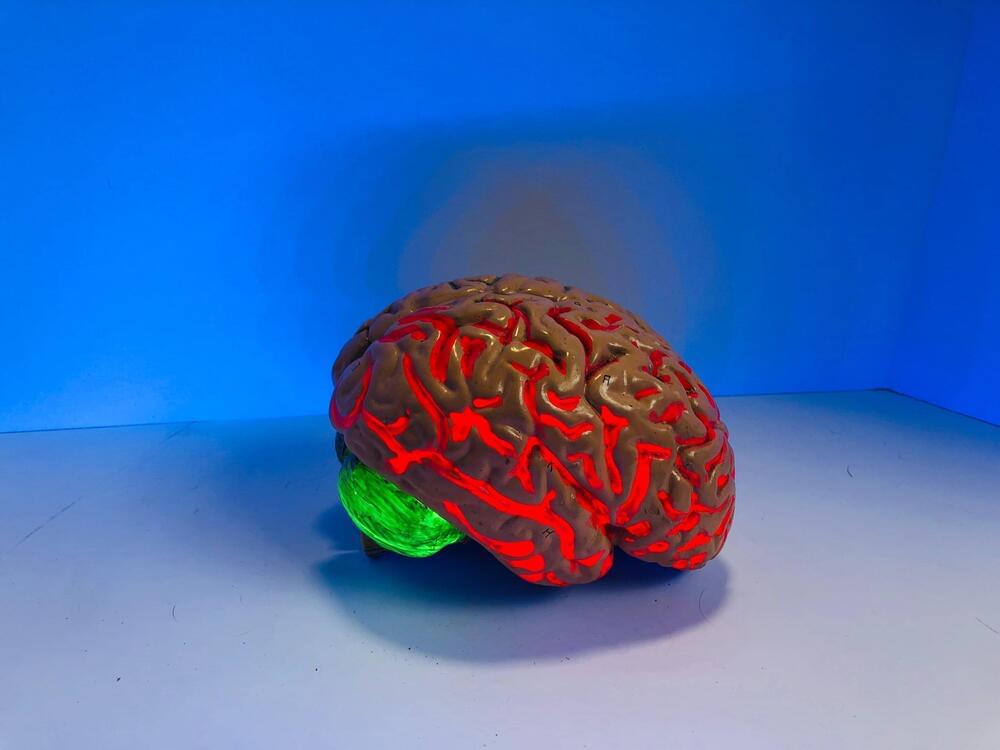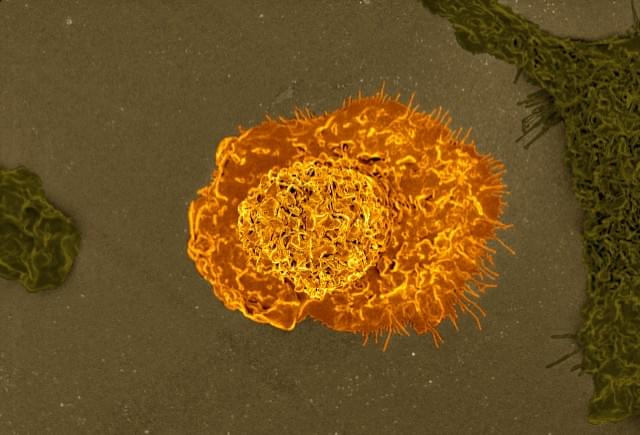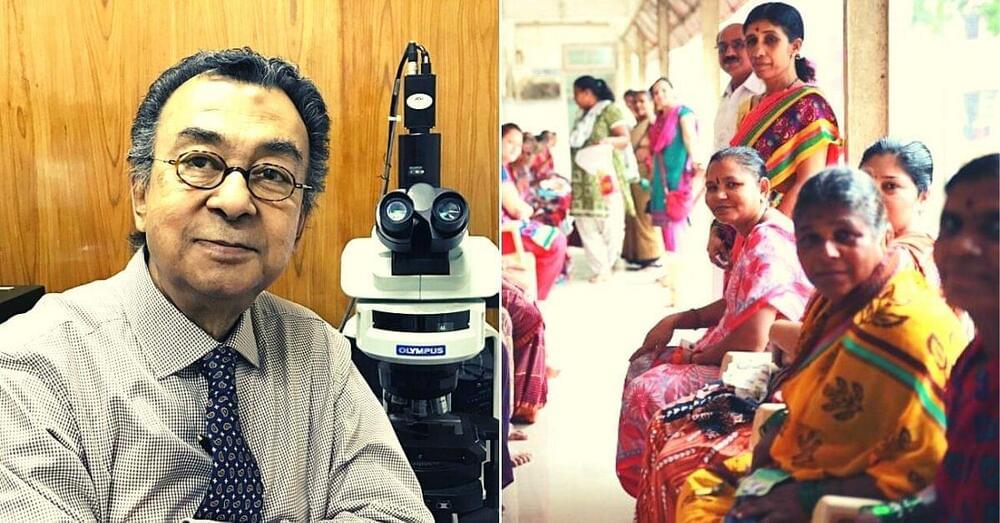A new cancer treatment which destroys tissue non-invasively is being trialled, and, if it gains regulatory approval, it could change the way that cancers are treated in hospitals.
Histotripsy is a type of focused ultrasound which, unlike heat and radiation based treatments, is more precise – which makes it a more appealing treatment option for smaller and widespread tumours.
US based firm Histosonics is running the trial, and they are focusing their efforts on the liver – an area which is notoriously hard to treat, with low survival rates for patients.
Just 46 people worldwide have received the procedure so far, but if it proves to be safe and effective, it could be rolled out on a much bigger scale.
This film is from Click — the BBC’s weekly technology show.
Please subscribe HERE http://bit.ly/1rbfUog.







